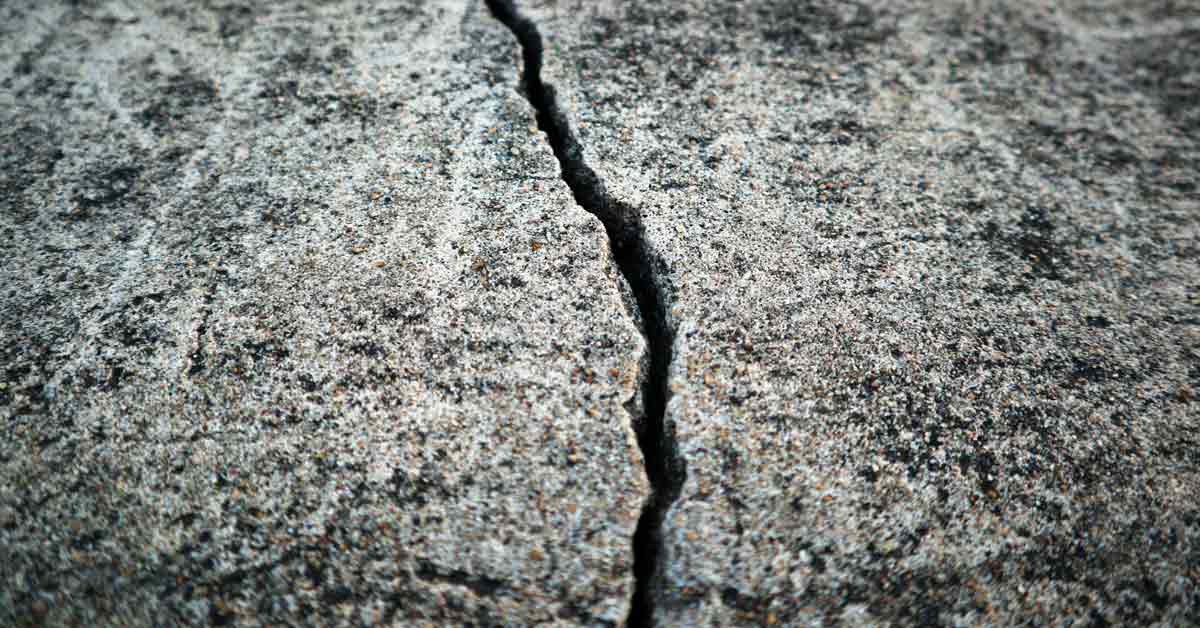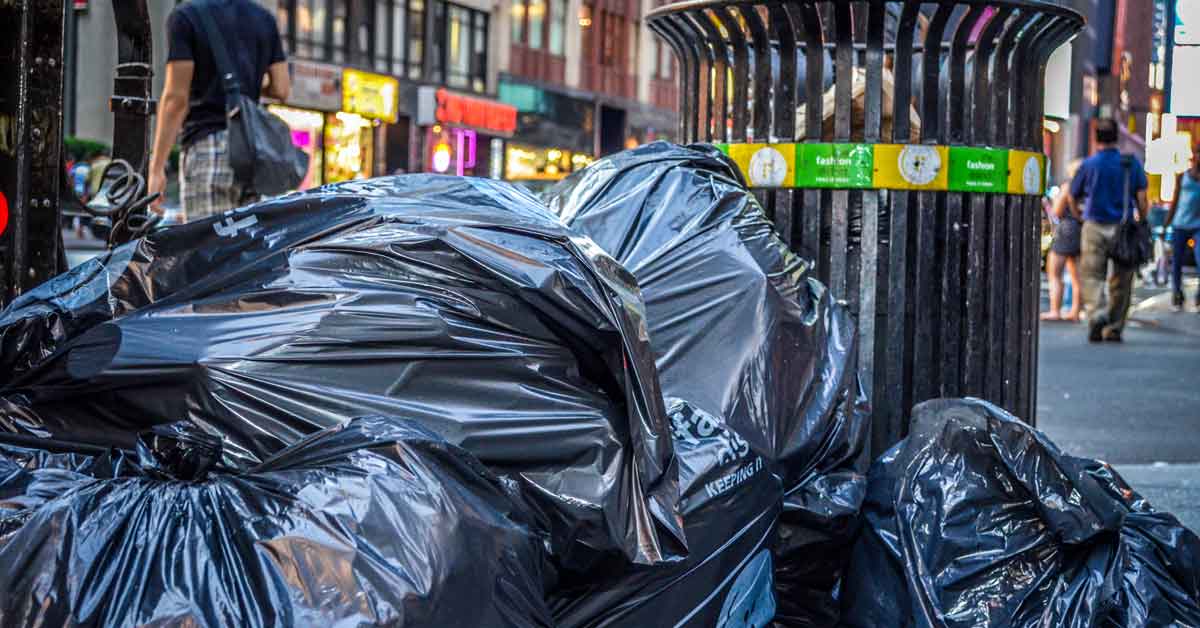You might not actually break your mother’s back if you step on a crack on the sidewalk, but cracks and holes in concrete are a persistent and expensive problem in the construction industry.
Despite concrete being the most widely used building material on Earth, its cracks — big or small — can lead to catastrophic structural issues, even leading to the collapse of a building, bridge, or highway.
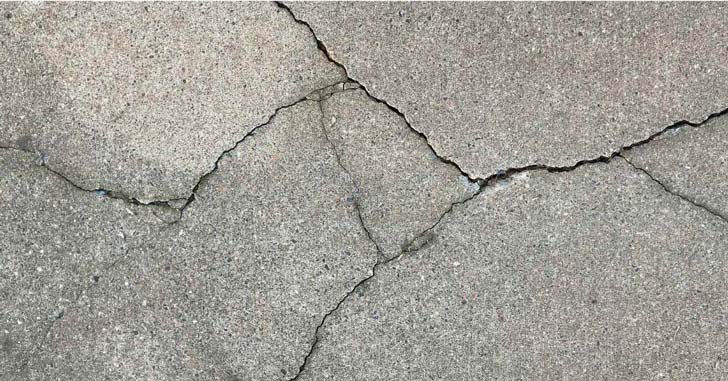
Even worse, the production of cement is energy-intensive and contributes significantly to carbon emissions, especially when large, costly repairs are required.
So, Dr. Congrui Grace Jin, an assistant professor at Texas A&M University’s Department of Engineering Technology and Industrial Distribution, envisioned a way for concrete to heal its own cracks, like your own skin might recover from a cut.
Jin was inspired by nature to make this vision into a reality, developing a synthetic lichen system that enables concrete to self-repair.
Usually, concrete is made by mixing crushed stone and sand with powdered clay and limestone, and finally, adding water to harden the mixture. Although it is strong enough to withstand skyscrapers and industrial vehicles, cracks from natural weather cycles can absorb liquids that weaken structures.
The hardest part about mitigating damages is discovering cracks before they become a problem, especially if they are on highly used roads and structures.
For years, scientists like Jin have studied the use of microbes in self-healing concrete, but they still require extensive human involvement.
“Microbe-mediated self-healing concrete has been extensively investigated for more than three decades,” Jin said in a statement, “but it still suffers from one important limitation — none of the current self-healing approaches are fully autonomous since they require an external supply of nutrients for the healing agents to continuously produce repair materials.”
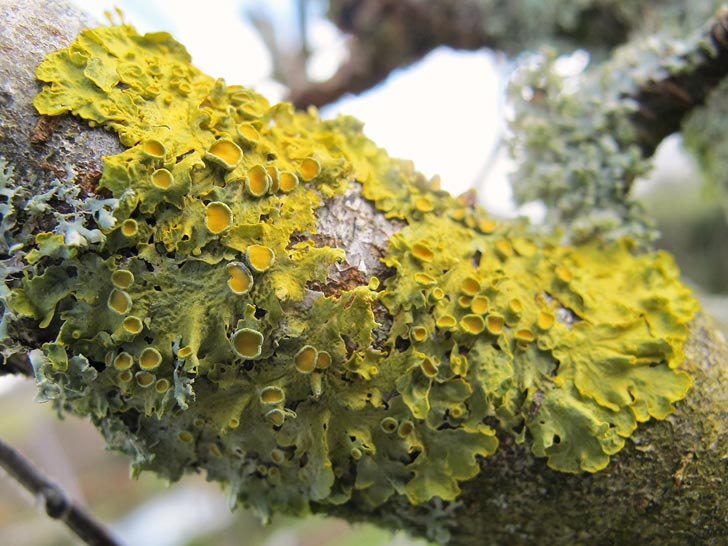
So, Jin and her fellow researchers turned to lichen, a symbiotic system of fungi and algae — cyanobacteria — that form “a self-sustaining partnership,” allowing it to thrive in the natural world, even in harsh conditions.
It would be the ideal material to test as a means of fully autonomous repair.
Jin and fellow researchers used two key materials: Cyanobacteria, which turns air and sunlight into food, and filamentous fungi, which produce minerals that seal the cracks.
The microbes survive on just air, light, and water, and when paired together, are able to grow and produce crack-filling minerals in concrete. At least, that’s what Jin’s latest research, published in Materials Today Communications, concluded.
The fungi and cyanobacteria combination collected calcium ions to make calcium carbonate, a mineral that can fill in concrete cracks. It’s also the material that makes eggshells, seashells, coral, and chalk.
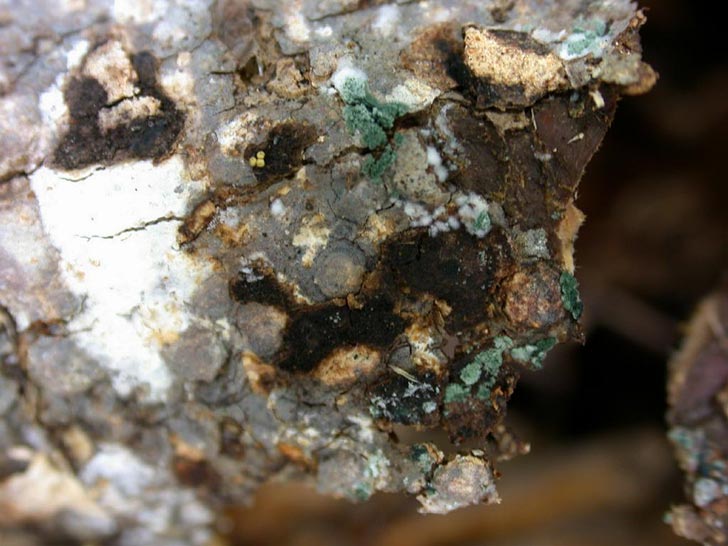
Researchers tested three microbe pairings, and all three grew well in a lab setup that only had air and light, with no additional nutrients.
From there, they tested how well the microbes performed, including criteria for light absorption, weight, metabolic activity, and the health of the cyanobacteria.
The results found that the paired microbes were healthier and more productive than when they grew alone and were able to form calcium carbonate in concrete samples.
“Inspired by nature, this study explores an innovative self-healing approach in which synthetic lichen-like microbial communities are created for sustainable production of CaCO3 precipitates and biopolymers to heal cracks in concrete,” the study’s conclusion reads.
“It has been tested and confirmed that three such co-culture systems can grow very well solely on air and light in an inorganic liquid medium without any additional carbon or nitrogen source.”
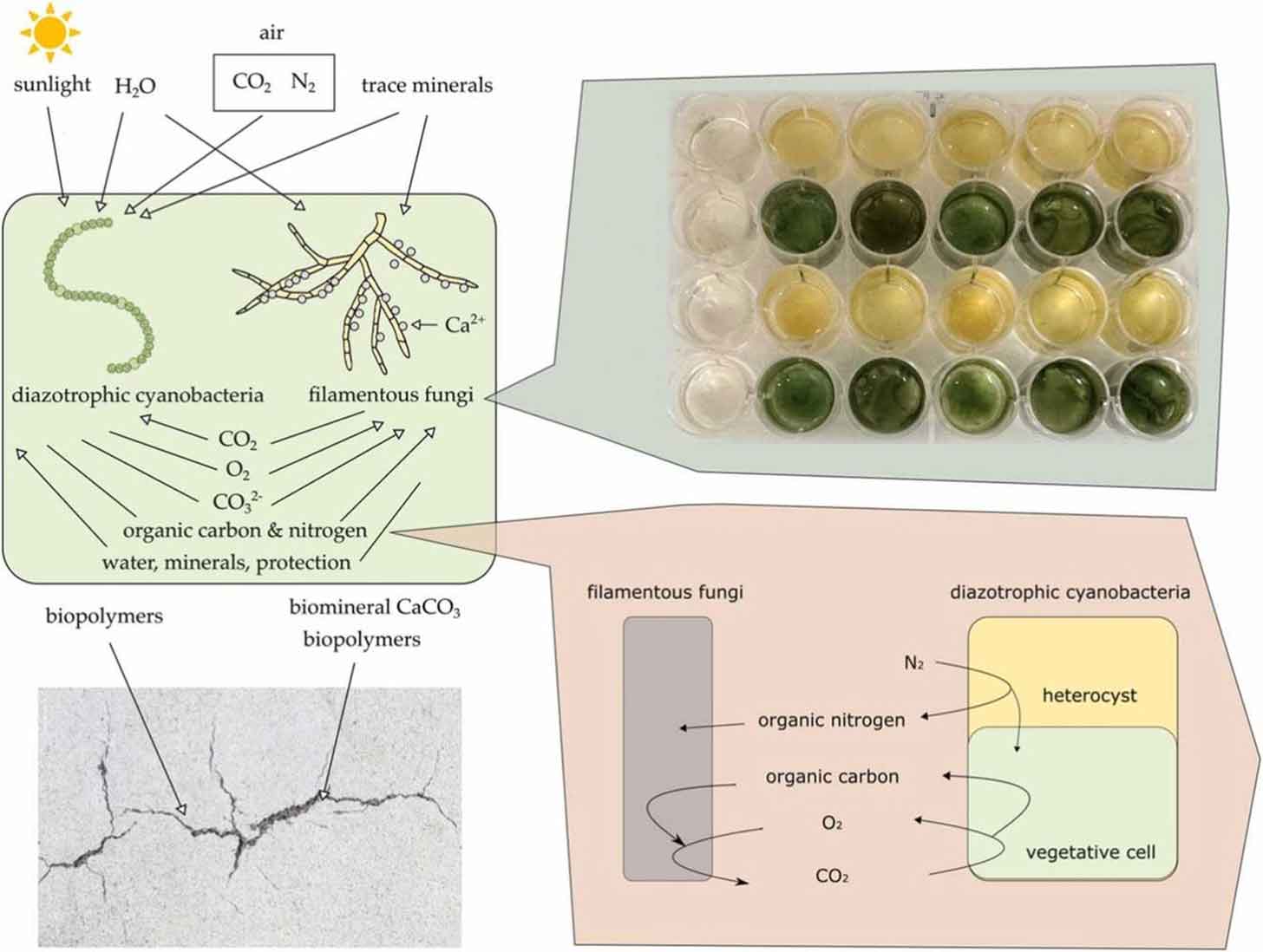
Now, Jin is collaborating with other Texas A&M professors in social science departments to better understand public perception about using living organisms in construction.
After all, lichen is a complex organism, and using it as a construction material could come with complications.
Together, they will weigh the real-world ethical, social, environmental, and legal considerations involved in applying this research to actual infrastructure development.
Still, the findings of this research could transform building and construction sectors for good.
“This groundbreaking research has far-reaching potential and applications,” a statement from Texas A&M reads.
“Concrete that can heal itself could significantly reduce maintenance costs, extend its longevity and even protect lives through increased safety. It can also have a dramatic impact in all areas of sustainable construction, including space infrastructure.”
Header image by Sreehari Devadas on Unsplash
